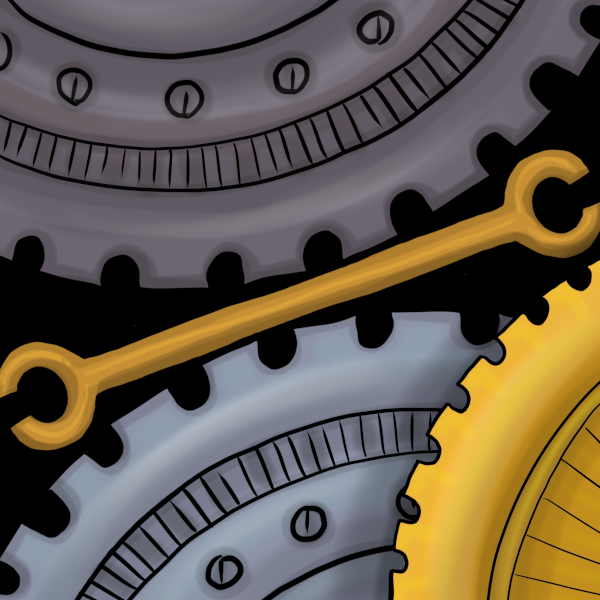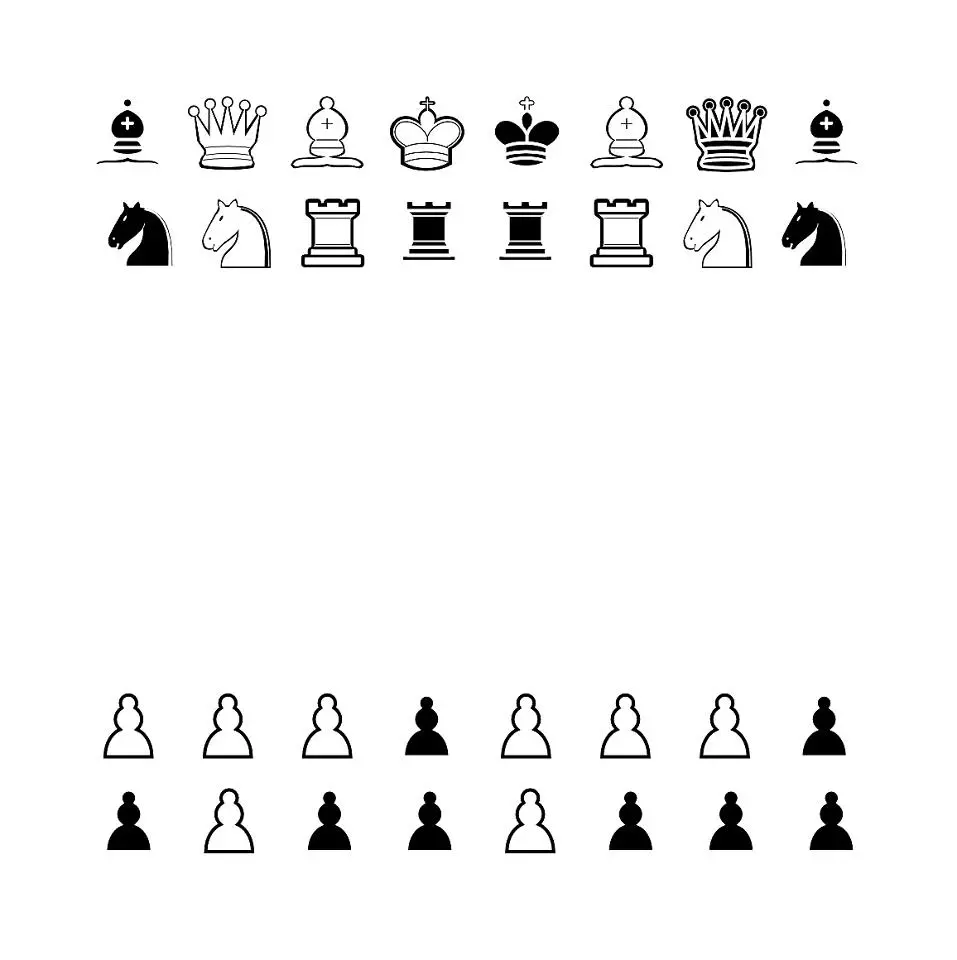So rad! I love how organic it looks. You know if sci-fi movies they sometimes make the alien spaceship look very organic? (battlestar galacitca, arrival, alien…) Like it grew that way instead of being built? That blob shape reminds me of this. Maybe in the future we will have spaceships designed by AI that looks like this blob.
You know the movies and shows you mention are all ones where humans are killed in large numbers, right? I’m just saying…
I for one welcome our new formless overlords…. In case they are reading this right now
Only 2 people were killed in Arrival, I don’t want to get all Stalin but is that a huge number?
If you like this you should check out xenobots. They’re this but actually real. They’re made of muscle cells and can move on their own and apparently reproduce.
jesus man that is wild stuff. popular science- xenobots
One of my favorite biological spaceships is the Leviathans from Farscape
That sounds really interesting. The ship can grow and change to accommodate the crew? I’ve never seen Farscape. Sell me on it!
Even better: It has a baby in the first season!
It’s about an astronaut gets pulled through a wormhole and deposited with a bunch of escaped criminals on the run from an evil general. The effects are a little dated and campy, but the characters and plot is pretty compelling. It had like six seasons and a couple movies. Jim Henson’s Creature Shop did the aliens, which is also pretty neat.
Hey that sounds great! I’ll take 2!
Puppets in space! It’s really good.
Jim Henson made some amazing stuff!!!
Reminds me of seaquest DSV.
It’s not much of a robot if it requires a person pumping air into it to move. That’s like saying a bike is a robot, as long as you’ve got someone pedaling.
It’s actually the perfect metaphor for all the AI hype.
I think in this context (particularly with a very quick skim of the paper for some additional context), it it might be more helpful to think of air “powering” this design in the same way that electricity “powers” things. The focus isn’t on the energy source, it’s on the structural design of the “robot” itself.
Consider it another way: if their system/model/whatever designed a conventional electrically-powered robot without also designing an electrical generator or batteries etc, would you still discount it as “not being a robot”? The problem might be in our expectation based on the language being used. I might also be full of crap haha, but hopefully that’s another perspective to consider.
Oh god, what in the man made horrors is this.
Pretty cool design tho
Is there a link to the video? My device isnt loading any in the article.
Here ya go https://www.youtube.com/watch?v=wph_Im03cn0
That’s some serious hype for something that barely moves.
Ya I wasn’t that impressed either. Definitely way over hyped by headline. It’s a way less awesome xenobot that doesn’t actually do anything without significant human input.
Here is an alternative Piped link(s):
https://www.piped.video/watch?v=wph_Im03cn0
Piped is a privacy-respecting open-source alternative frontend to YouTube.
I’m open-source; check me out at GitHub.
This is the best summary I could come up with:
It’s become somewhat of a cliche in recent months for AI researchers and engineers to claim they simply don’t really know or understand how advanced new artificial intelligence models are coming to their conclusions.
When it comes to designing walking robots from scratch, at least one new AI model has some head-scratching ideas that diverge from the traditional path of evolution.
After failing, the AI repeatedly iterated on its design, essentially mimicking the years-long process of evolution but on a much, much faster timeline.
Eventually, the AI “discovered” the benefits of legs for locomotion and added leg-like features to its design even though the researchers never instructed it to do so.
Researchers say the odd shape and texture of the AI-designed robot are also unlike other previous tools created by human engineers.
Hayao Miyazaki, the Studio Ghibli founder responsible for creating animated classics like Spirited Away, famously said he was “disgusted” by the ways an AI video generator depicted a humanoid figure walking during a 2016 presentation.
The original article contains 608 words, the summary contains 167 words. Saved 73%. I’m a bot and I’m open source!
There are going to be machines in the future where somebody will ask “how does this work” and nobody on the planet will have a clue.
Even many traditional programs are too big for any one person to understand. Ie. The linux kernel. The question is what level of abstraction were going to be using to describe its behavior. Computers of full of metaphorical black boxes that are only said to work because they’re tested to work the way you’d test an engine to see it’s power.
Think something similar must have already happened with someone’s spaghetti code.
“i see the birth of a brand new organism. And it’s a thrill to witness its genesis and see it wake up for the first time, stretch its legs and take its very first awkward steps”
🤣 masquerade!












